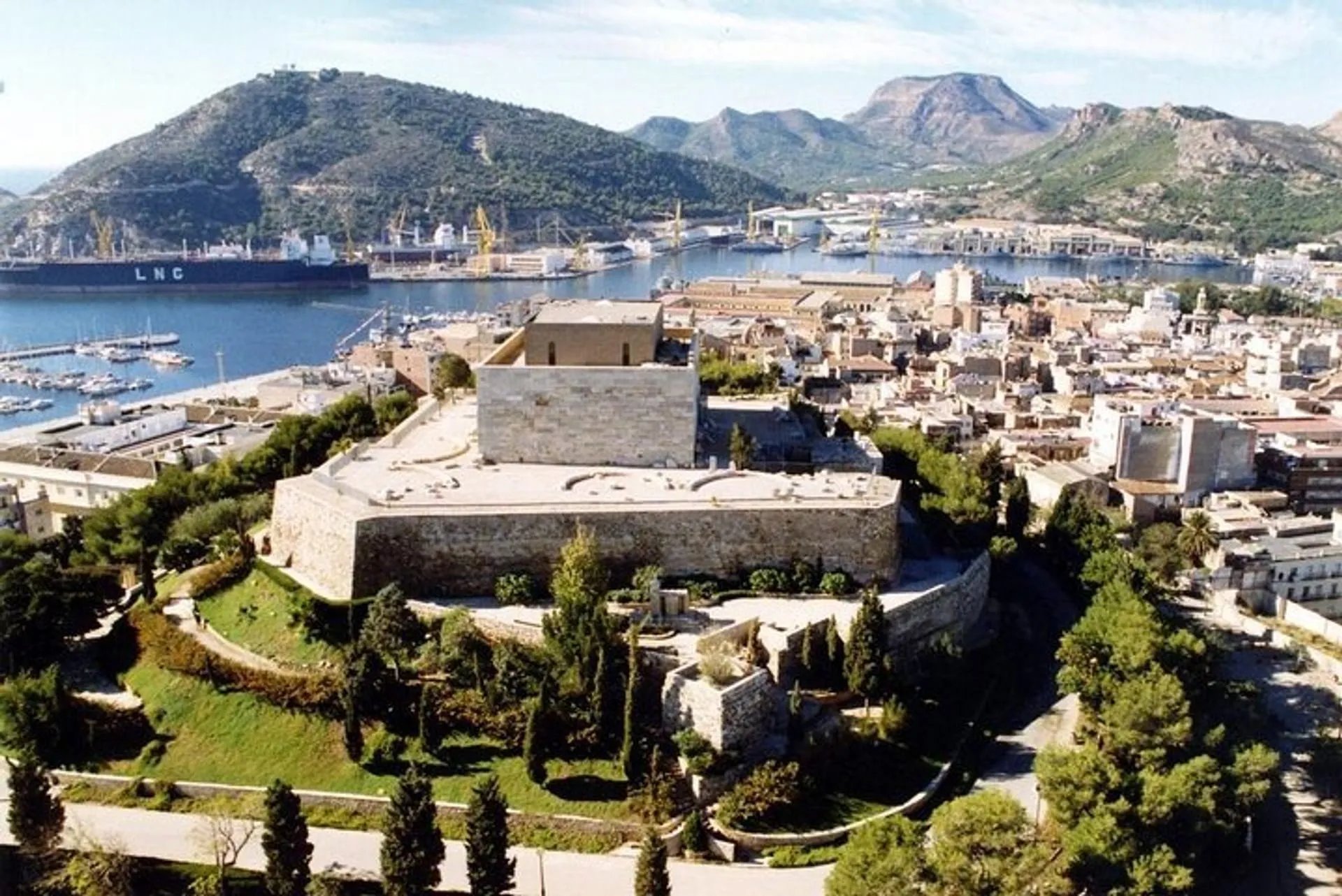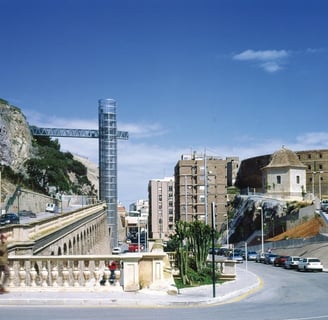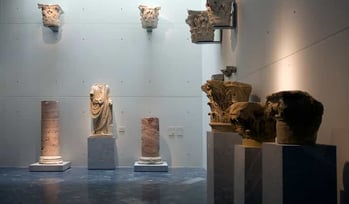Sierra Golf Community

Castillo de la Concepción
The Castillo de la Concepción
The fortress of the Castillo de la Concepción is the best starting point to discover the city, for its stunning panoramic 360 views of Cartagena and to acquire an overview of its 3,000 years of history.
The History
Punic Carthage was founded in approximately 229 BC by the general Hasdrubal before its natural riches attracted the Romans, who made it one of the most important colonies of Hispania. The city was later ruled over by the Moors before its re-conquest for Castilla by the future King Alfonso X in 1245, and in the 18th century enjoyed a period of military splendour when it became the base of the Maritime Department of the Mediterranean. In the 19th century another golden age was brought about by industrialization and the growth of mercantile traffic in the port.
Location
The location in which the visitor sets out on this journey through history is the Castillo de la Concepción. The castle stands on the hill of the same name, which in the past has been home to a Roman temple dedicated to Asclepius, a Moorish fortress, a medieval castle and the siren which warned the population of bombing raids during the Civil War. In addition, the best panoramic views of the city and its natural harbour are those afforded by the fortress, which is easily reached via the panoramic lift to save walking up the hill.
Concepción Castle, locally known as Castillo de la Concepción, lies on a hill in the center of the city of Cartagena in the province of Murcia in Spain.
Cartagena was founded in the 3rd century BC by the Carthaginian general Hasdrubal the Fair. It was built at the site of a natural harbor. As far back as the 16th century it was one of the most important naval ports of Spain. During the 18th century the city was heavily fortified, which resulted in the building of lots of forts and batteries on the hills and mountains around the harbor. At present the city is still the headquarters and main military port, also for submarines, of the Spanish Navy and it possesses a large military shipyard.
Ancient Cartagena was built on a small peninsula surrounded by five hills. On the highest hill probably stood a temple dedicated to the god Asclepius. During the 12th century the Kingdom of Murcia was ruled by the Almohads. They built an alcazaba; a Muslim palace-fortress, on this hill. That fortification was mainly built out of rammed earth, a technique also known as tapial.
In 1245 the city was taken by the troops of Alfonso X of Castile. Probably in the 2nd half of the 13th century construction of the large keep started. It was built reusing stones from local Roman ruins and Roman gravestones. During this time Alfonso also founded the Order of Santa Maria of Spain in Cartagena, which was meant to fight naval battles against the Muslims. The Order however failed to win battles and was dissolved. This, and the fact that the Castilians had a big difficulty in repopulating the abandoned Muslim town with Christians, led to the castle not being finished.
What remained of Concepción Castle was still the main defensive element of the city during the 16th and 17th century. At the end of the 18th century the castle lost its military importance and it was even partially demolished in the beginning of the 19th century.
In the 1920s the castle area was transformed into a city park. The keep now houses a small museum.
At present Concepción Castle can be visited for a fee. Because large parts were demolished it is hard to get a feel of how the castle might have looked. But the museum is nice and the views over the city too.










Community
Subscribe Today For Local News, Local Events and Onsite Updates.
(You will NOT receive any spam and your information will not be shared with any third parties.)
Support AND CONNECT
© 2025. All rights reserved.
Get in touch to share news and support our community.
This is your website, so if you know of something that is of interest to others, please share it.
Tell us about a local art group, book club, or a great place you love to visit.